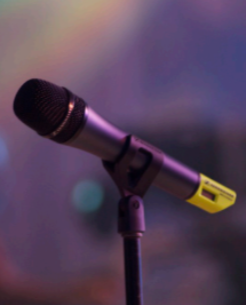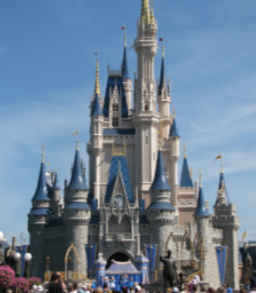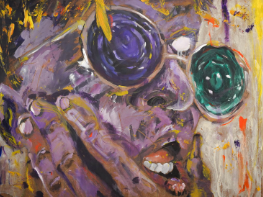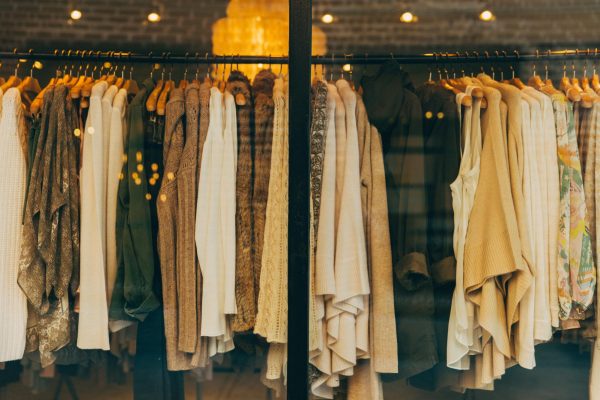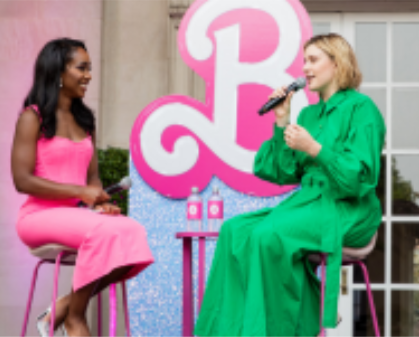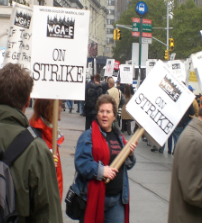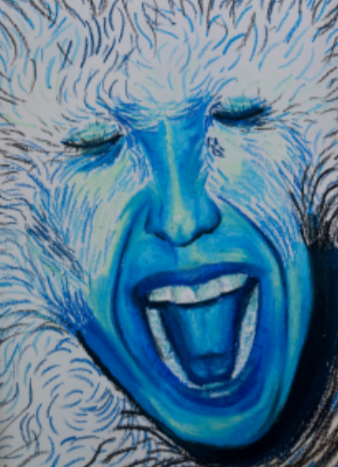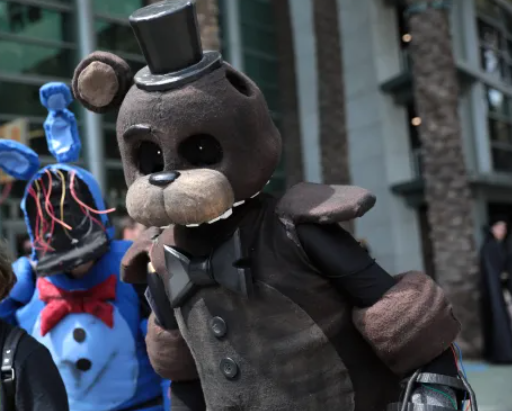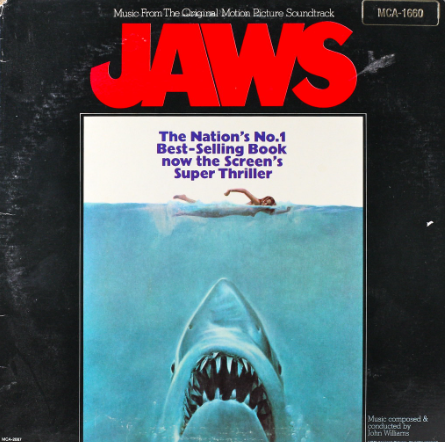Art and politics go hand in hand with inspiring protests
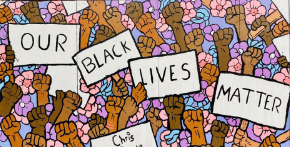
PHOTO BY CHRIS PYRATE OBTAINED THROUGH CREATIVE COMMONS
Art can intertwine itself with a movement, such as the black fist for Black Lives Matter. https://creativecommons.org/licenses/by/2.0/
January 20, 2023
From simple sign designs to extravagant murals, activists use art to get people talking about social injustice. Protest art is more than just pretty paintings; it is crucial to incorporate influential art pieces in protests to help sway people’s opinions.
Keith Haring was one artist who created art pieces that made people emotional and were world-renowned for spreading awareness of social injustice. In the ’80s, Haring created pop-art designs featuring catchy slogans like “Silence = Death” or “Ignorance + Fear.” Haring’s goal was to catch the attention of people to encourage people to criticize the government’s decisions regarding the AIDS epidemic.
Haring’s creations inspire artists today, such as junior Molly Deming of Red Bank.
“I am a huge Keith Haring fan,” Deming said. “A lot of his art was done during the AIDS crisis, and a lot of his art speaks out against it. He also speaks about the consumeristic ideas of art and how graffiti goes against that. Those ideas, along with art about modern issues, is very inspiring to me.”
While protests inspire art, art also inspires protests. According to CNN, the British Campaign for Nuclear Disarmament in the ’50s motivated Gerald Hotolm to design a symbol for the cause, believing it would enhance the movement’s message. He created the emblem we know as the peace sign. Since this movement, modern-day protesters still use the peace sign.
Today, the world has seen many symbols used to encourage social change, similar to Hotolm’s peace sign. The black fist symbol has become a substantial part of the Black Lives Matter (BLM) movement. This symbol became associated with the organization, and many changed their social media profile pictures to support this cause. Social media posts helped BLM gain recognition among people around the country.
Protest art is still prevalent, although social media has altered how we share it. Millions of people can reach your art with one click, allowing for protest art to be received and understood by more people, which comes with many ups and downs.
“On the one hand, it does allow a lot of different audiences to view art, even if it is art that doesn’t exactly apply to you,” Deming said. “However, the idea that art has to be behind an algorithm and be given certain kinds of tags prevents it from getting the spread it truly deserves.”
Although how we shared it has changed, art has played a vital role in activism throughout history. It conveys powerful messages that allow people to connect to the art emotionally. Through breaking linguistic and cultural barriers, protest art unifies people worldwide.
Like others, Freshman Margo Belova of Marlboro believes art has the potential for the viewer to feel emotional and change their opinion about the topic portrayed in art pieces.
“In protests, whatever genre or topic it may be, art speaks out to you,” Belova said. “It says things that words can’t.”



